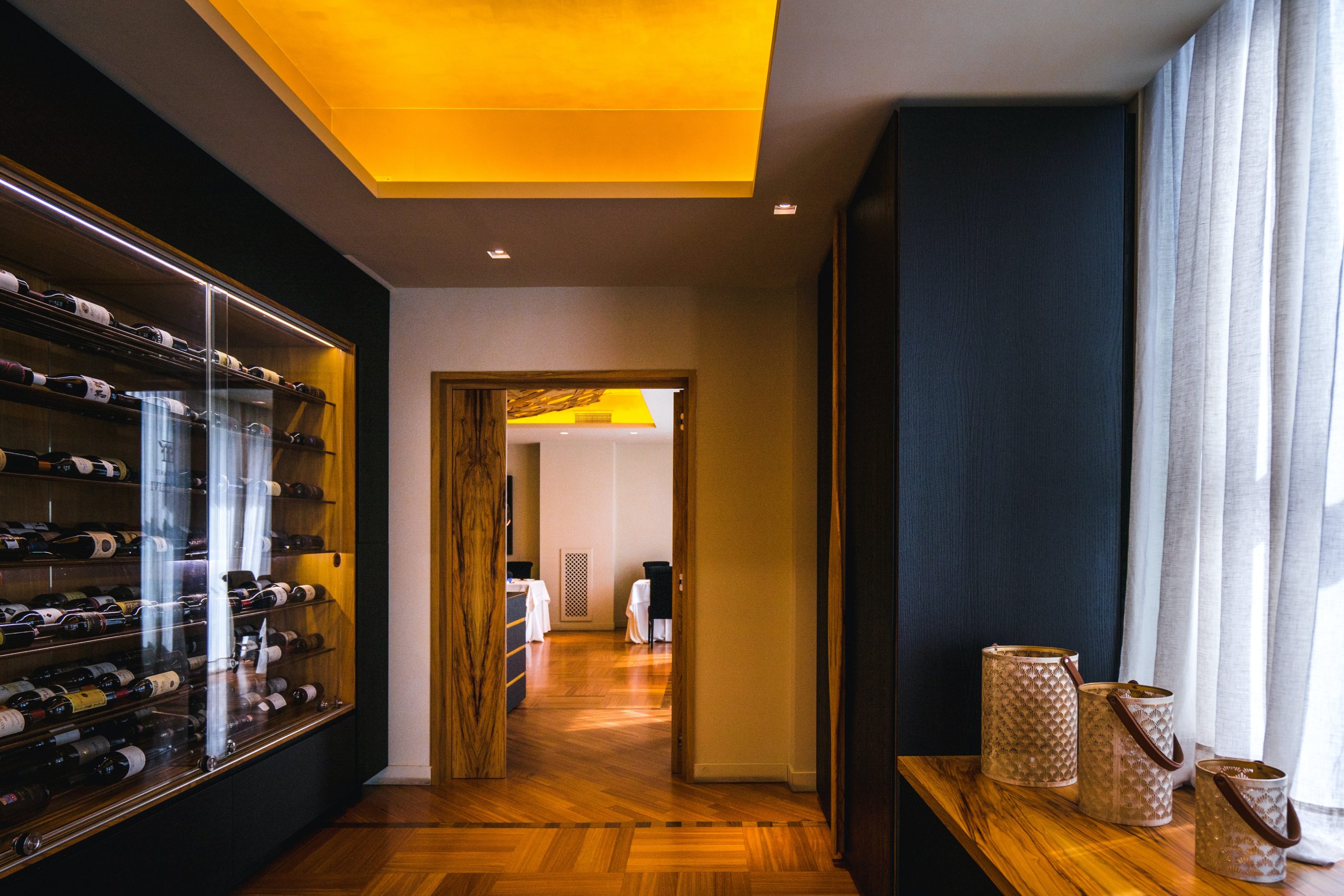
28 Sep Which is Harder Wearing: Laminate or Vinyl?
When it comes to flooring options, both laminate and vinyl hold prominent spots on the list. With the modern improvements in design and durability, the debate often circles back to one question: which is harder wearing, laminate or vinyl? In the quest for a lasting flooring solution, understanding the durability and wear of these materials becomes crucial.
Material Composition
Laminate
Laminate is generally composed of four layers, with the topmost being a wear layer that protects the pattern layer below it. Beneath these are the core layer made from fibreboard and the backing layer for additional support.
Vinyl
Vinyl flooring comprises PVC layers, along with a foam or felt backing. The top layer often has a urethane-based protective coating. Vinyl can come in sheets, tiles, or planks, offering a level of flexibility in design.
Resistance to Damage
Scratches and Scuffs
Laminate floors often demonstrate excellent resistance to scratches, thanks to their tough wear layer. However, once damaged, you cannot fix it easily. Vinyl is softer but resists minor scratches well. Deep scratches can be more problematic, but some vinyl options allow for easier patching.
Moisture
Vinyl has the upper hand when it comes to moisture resistance. It is 100% water-resistant, making it an ideal choice for wet areas like bathrooms and kitchens. Laminate, on the other hand, may warp if exposed to moisture for prolonged periods.
Longevity and Wear
Lifespan
Generally, you can expect a laminate floor to last between 15 and 25 years, depending on the quality and maintenance. Vinyl has a similar lifespan, but top-quality variants can often outlast their laminate counterparts.
Foot Traffic
For areas with high foot traffic, both materials provide commendable durability. However, in terms of long-term wear, laminate may start to show signs of aging faster than vinyl, particularly in the form of fading and discolouration.
Maintenance and Upkeep
Cleaning
Both types of flooring are easy to clean using a damp mop or standard cleaning agents. Vinyl, however, offers slightly easier maintenance due to its superior moisture resistance.
Repairs
When it comes to making minor repairs, vinyl offers a bit more flexibility. Individual vinyl tiles or planks can be replaced. With laminate, the process can be more cumbersome since it often requires removal of multiple boards to replace a single damaged section.
Sustainability Factor
Environmental Impact
Laminate uses wood fibres, which is more eco-friendly than vinyl’s PVC composition. However, both materials have come a long way in implementing sustainable practices, including recycling and reducing waste.
Costs and Installation
Affordability
In general terms, laminate is often more budget-friendly, but the cost can escalate depending on the quality and style you choose. Vinyl offers a wider range of pricing options, especially if you’re looking at luxury variants.
Ease of Installation
Both materials come with DIY-friendly options. Laminate uses a click-and-lock installation system, while some types of vinyl come with a peel-and-stick backing. Professional installation can ensure better longevity for both.
Conclusion
Neither laminate nor vinyl emerges as the clear winner in the battle for the hardest-wearing flooring. Both have their strengths and weaknesses, and the right choice ultimately depends on your specific needs. Laminate offers a hard-wearing surface and can be more budget-friendly, but it falls short in moisture resistance and ease of repair. Vinyl is water-resistant and offers a soft, comfortable surface, but can be susceptible to deeper scratches and may not be as eco-friendly.
Before making a decision, consider the factors that are most important to you, such as moisture resistance, ease of maintenance, and cost. Regardless of which option you choose, both materials offer a good blend of durability and aesthetics, capable of enhancing any space for years to come.



